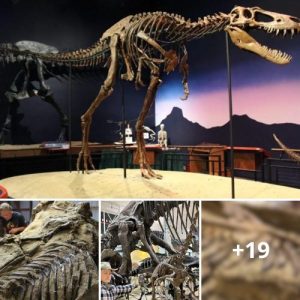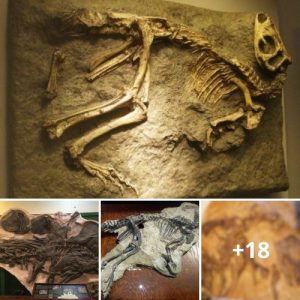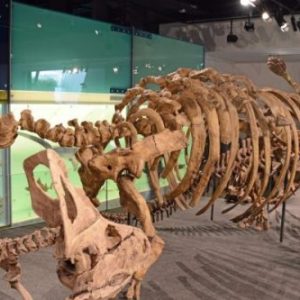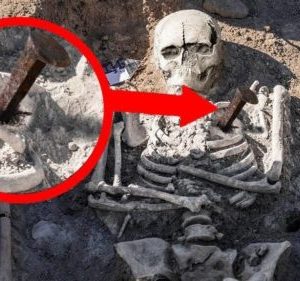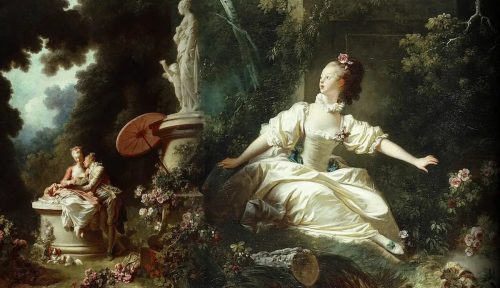
The art world is a treasure trove of different styles, each reflecting the unique spirit and values of the era in which it emerged. Among these diverse artistic movements, Rococo stands out as a period of exquisite beauty, elegance, and sensuality. This article takes you on a journey through time to explore the intensely evocative world of Rococo art, a movement that captivated the hearts and minds of its contemporaries and continues to inspire awe today.
1. A Glimpse into Rococo’s Origins
Rococo art emerged in the early 18th century in France, marking a departure from the formal and solemn Baroque style that dominated the previous century. The term “Rococo” is believed to be derived from the French word “rocaille,” which means “rockwork” and was often used to describe the ornamental use of shells and pebbles in garden design. Rococo embraced the lightness and delicacy of these natural forms, embodying a more whimsical and playful approach to art.
2. Rococo’s Signature Aesthetic
At the heart of Rococo art lies a celebration of sensuality, intimacy, and the pleasures of life. Artists of this era sought to create visually stunning, decorative works that conveyed an air of elegance and charm. Rococo paintings, sculptures, and interior designs are characterized by their intricate ornamentation, pastel color palettes, and themes of love, romance, and leisure.
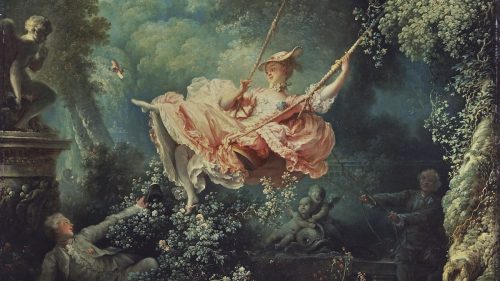
3. Love and Romance in Rococo Art
One of the defining features of Rococo art is its emphasis on the theme of love. Artists like Jean-Honoré Fragonard and François Boucher portrayed romantic scenes with a touch of playfulness and eroticism. Their works often featured couples in idyllic landscapes, playful cherubs, and luxurious fabrics, creating an atmosphere of passion and seduction.
4. A Glimpse into Daily Life
Rococo art also provided a window into the daily lives of the aristocracy and upper classes during the 18th century. Paintings and sculptures depicted scenes of leisure, music, and elegant gatherings in opulent interiors. These works allowed viewers to vicariously experience the refined world of the elite.
5. Notable Rococo Artists
Several artists made significant contributions to the Rococo movement. Antoine Watteau’s “fêtes galantes” paintings, which depicted elegant outdoor gatherings, are considered iconic examples of Rococo style. Jean-Antoine Fragonard, known for his passionate and vivid works, was another luminary of the era. Additionally, François Boucher’s romantic and mythological paintings left an indelible mark on the art world.
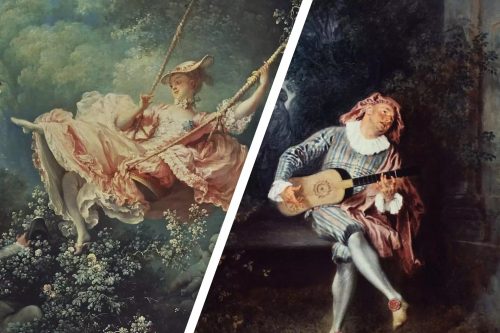
6. Rococo Architecture and Interior Design
Rococo’s influence extended beyond the canvas and into architecture and interior design. Lavish, ornate interiors adorned with delicate stucco work, gilded mirrors, and whimsical motifs characterized the Rococo aesthetic. The Palace of Versailles, with its Hall of Mirrors, is a prime example of Rococo-inspired architecture.
7. Rococo’s Legacy
Despite its eventual decline in the late 18th century, Rococo art has left an enduring legacy. Its emphasis on the pursuit of beauty, pleasure, and the joys of life continues to inspire artists and designers. Elements of Rococo can be seen in contemporary fashion, interior design, and even advertising, demonstrating its timeless appeal.
8. Conclusion: The Timeless Allure of Rococo
In conclusion, Rococo art remains a fascinating journey through time, offering a glimpse into the passions and desires of an era characterized by its pursuit of beauty and sensuality. With its lush landscapes, romantic encounters, and exquisite decorative details, Rococo continues to enchant art lovers and connoisseurs, reminding us that the pursuit of pleasure and elegance is a timeless aspiration.
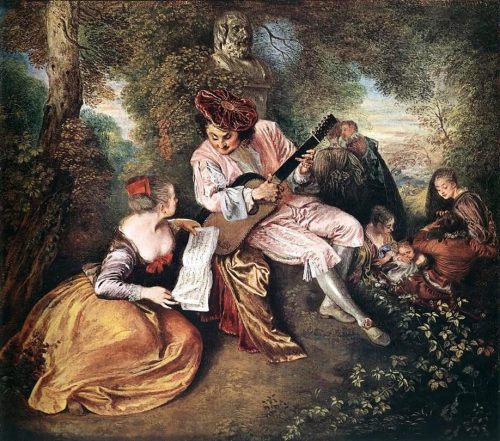
As we unearth the intensely evocative Rococo art, we find ourselves transported to a world where beauty, romance, and sensuality reign supreme—a world that continues to inspire and captivate our hearts.


